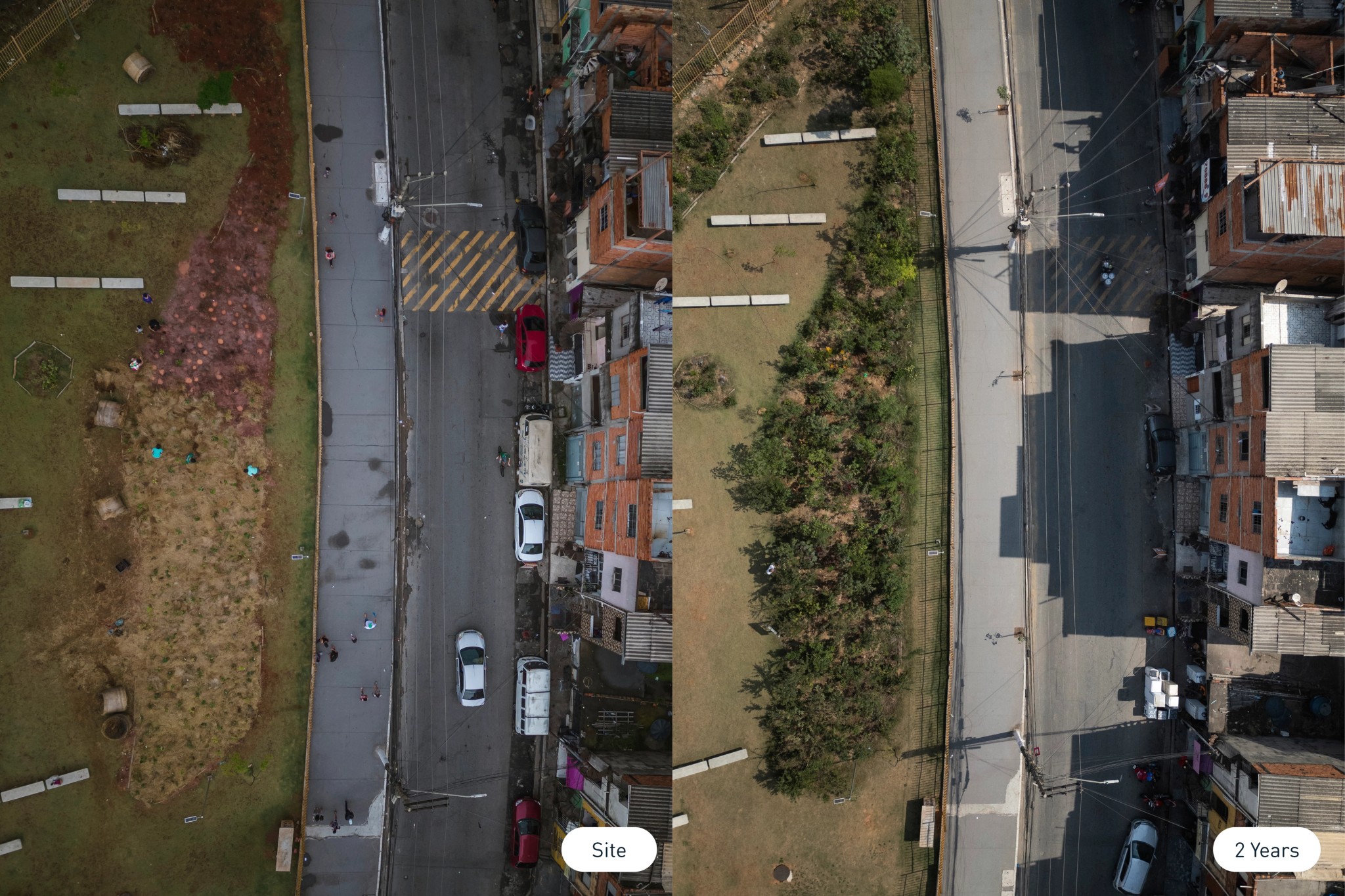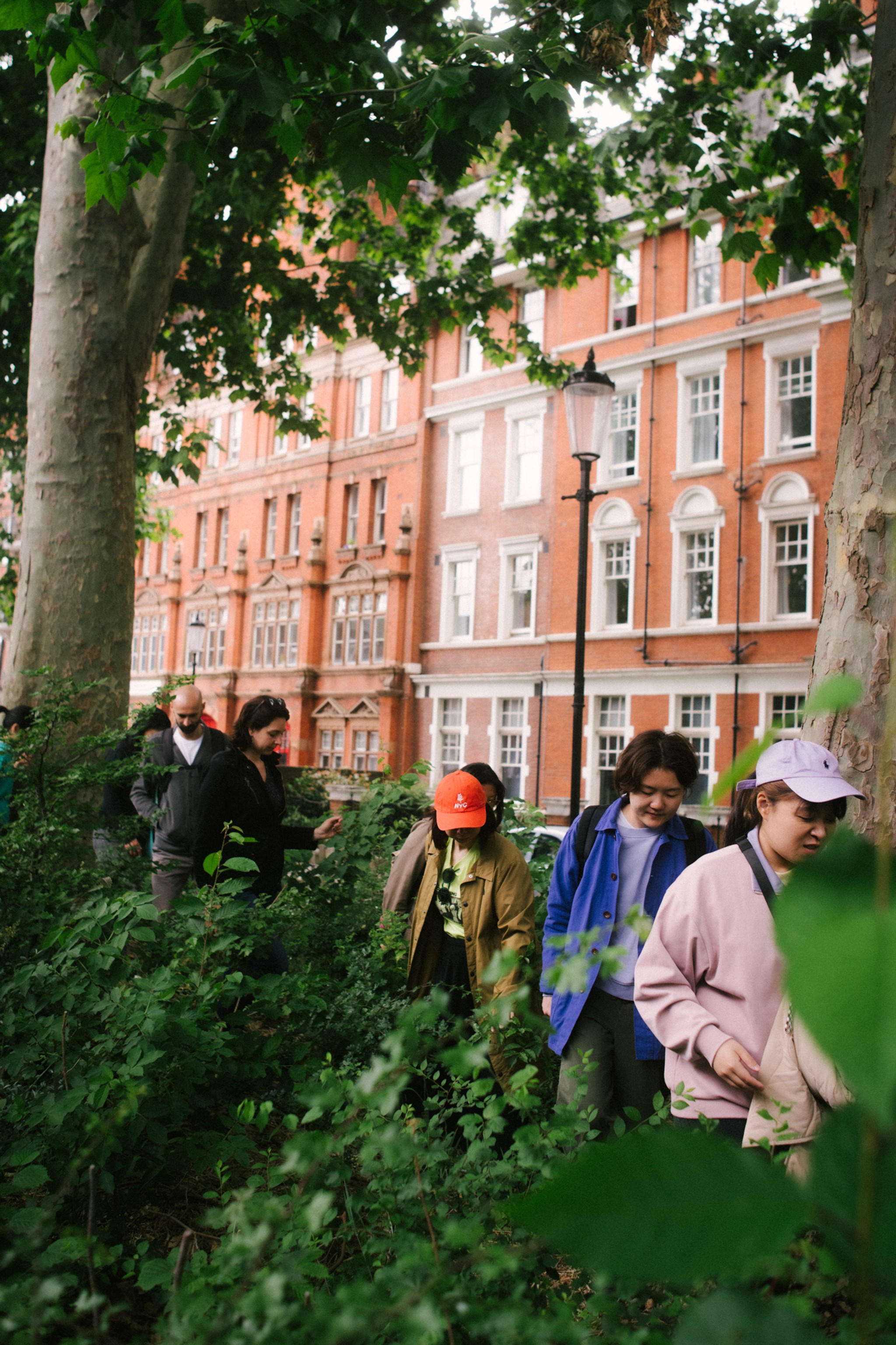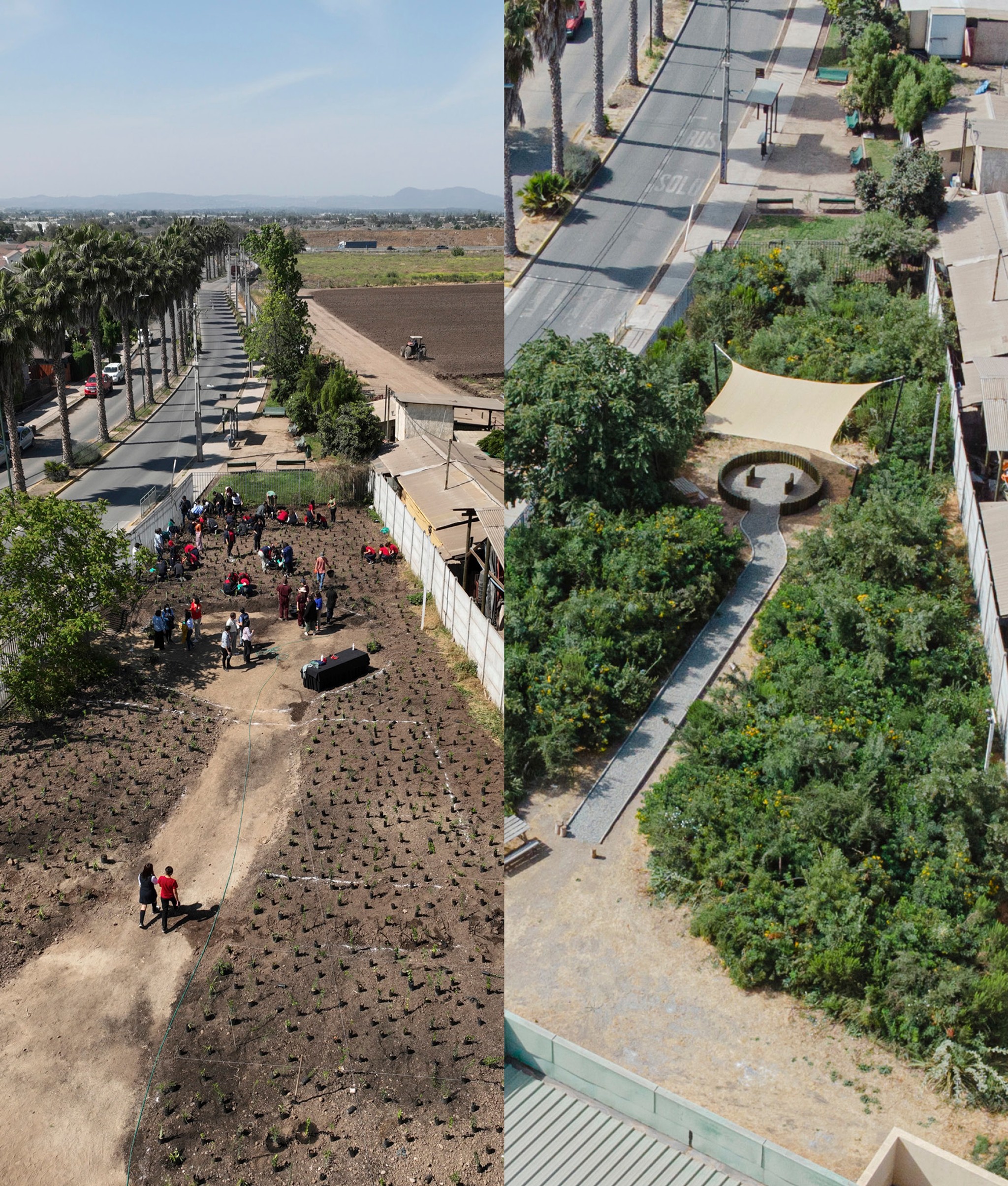Have you ever felt Solastalgia?
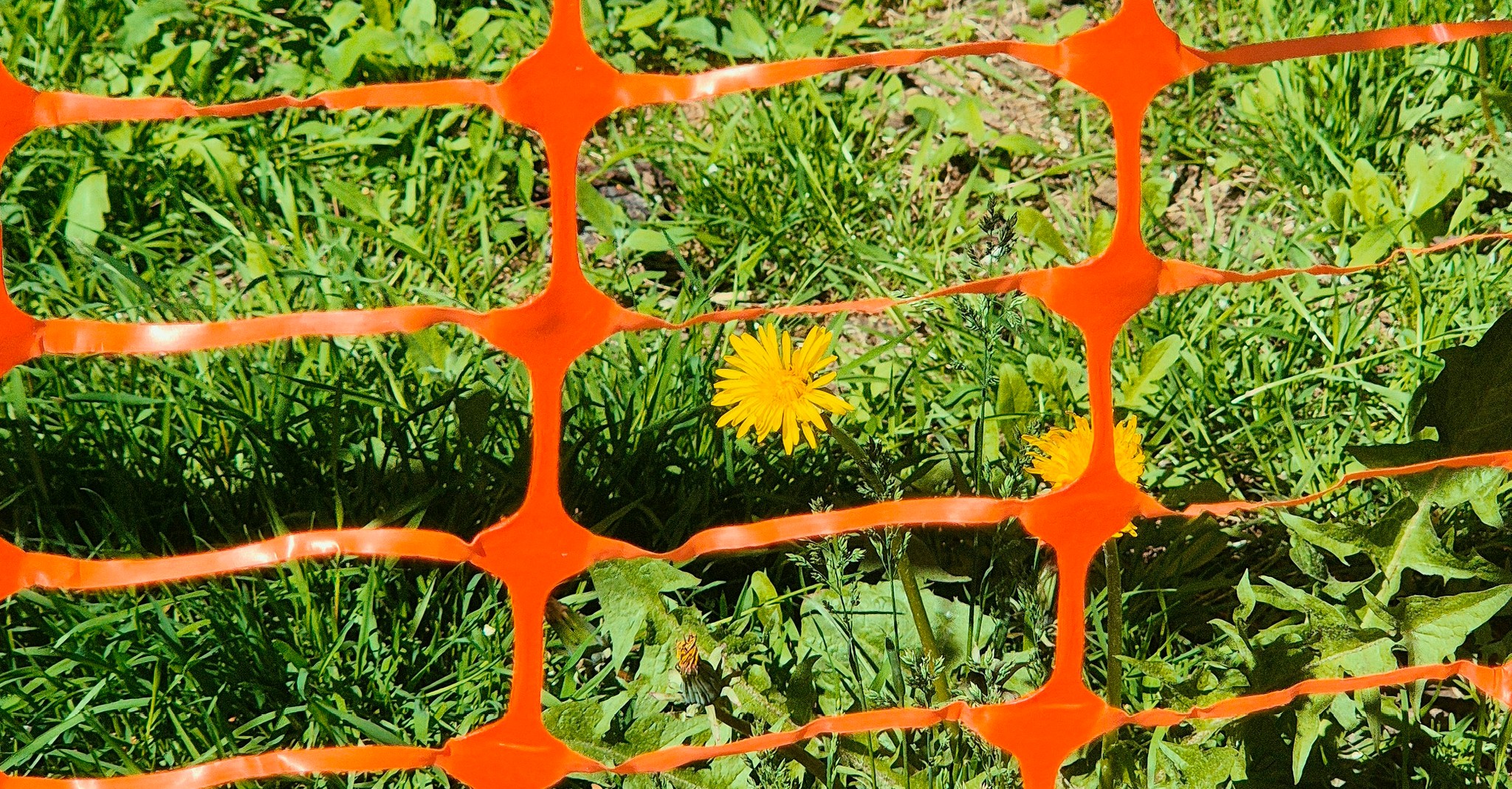
Have you ever returned to a beloved patch of green in your neighborhood, only to find it paved over for a new car park or housing block? Maybe a stand of trees you used to walk under has been cleared, or the chorus of birdsong in the morning replaced by the persistent hum of construction. These aren’t just annoyances. For many of us, they trigger something deeper — a quiet grief that’s hard to put into words.
That feeling has a name: Solastalgia.
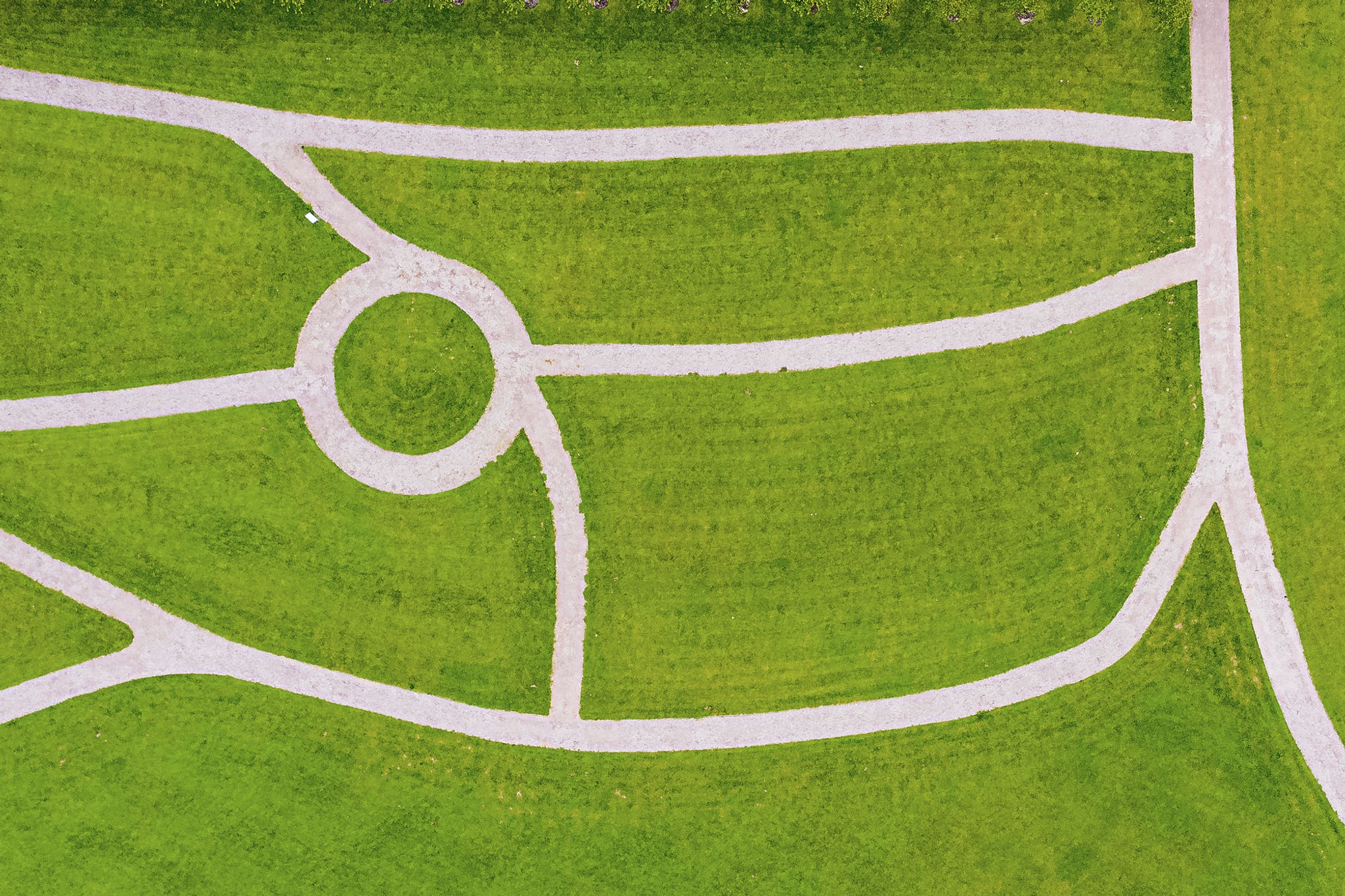
Coined by environmental philosopher Glenn Albrecht, solastalgia describes the emotional distress we feel when the natural places we know and love disappear. Unlike nostalgia, which is a longing for a place or time far away, solastalgia happens in situ. It’s a homesickness experienced while still at home, when the landscape we know and love no longer resembles what it once was.
You don’t need to live in a wildfire zone or a deforested region to experience solastalgia. It can arise from the slow creep of invasive weeds pushing out native plants. From watching trees vanish one by one from your street. From a gradual loss of familiar sounds — birdsong, rustling leaves — replaced by the buzz of traffic or the beeping of machinery. These shifts can feel small on the surface, but they accumulate into a deep sense of disorientation and loss.
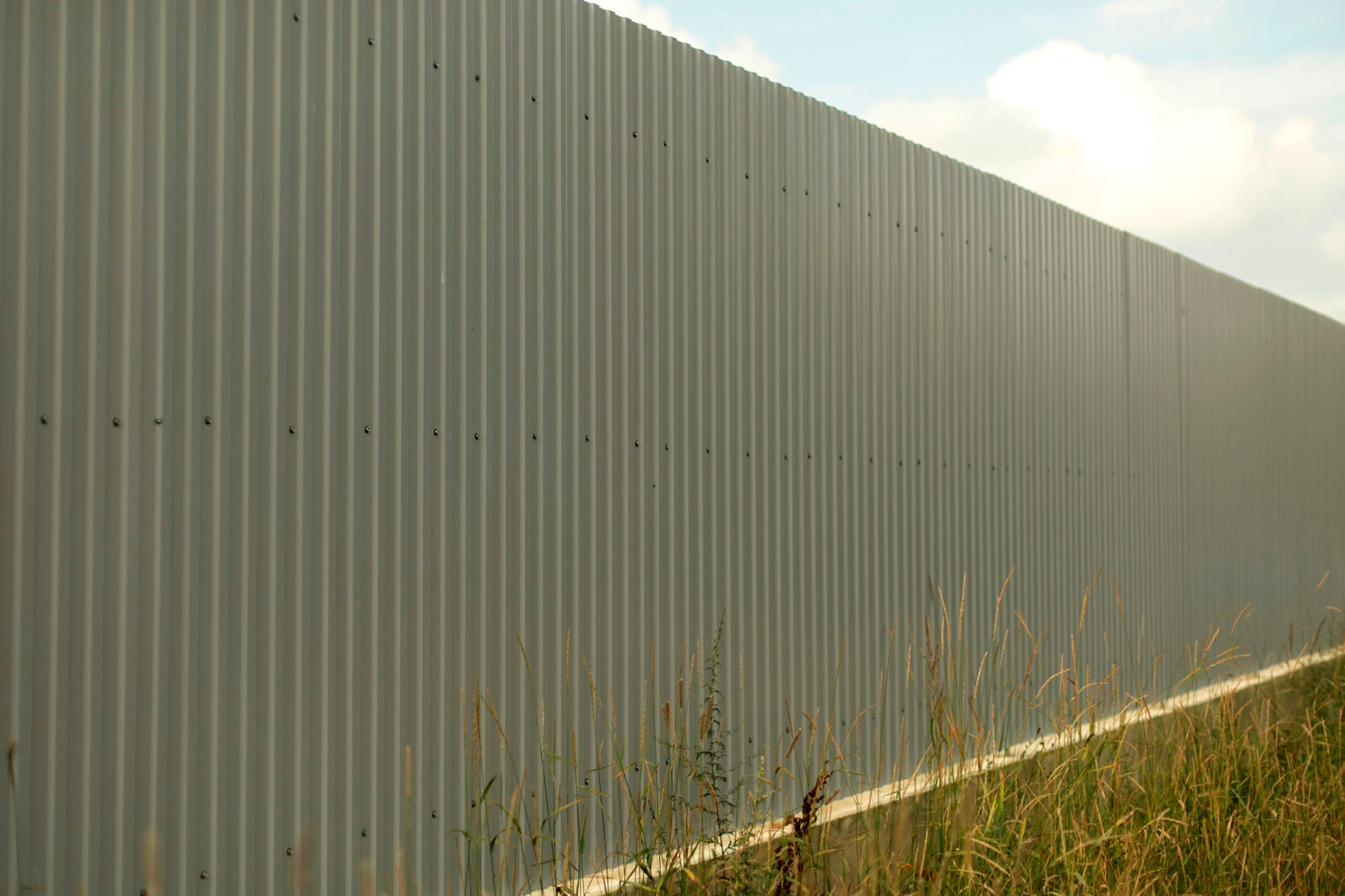
As cities expand and climate change accelerates, solastalgia is becoming more common. It’s not just about lost aesthetics — it’s about lost identity, belonging, memory. Our landscapes shape us. They root us. And when they change, especially without our consent, we feel it — emotionally and physically.
But solastalgia isn’t just a diagnosis. It can also be a catalyst.
Instead of allowing this environmental distress to paralyze us, we can choose action over apathy. We can fight to protect what remains and restore what’s been lost. This is where the power of local, community-driven nature restoration comes in.
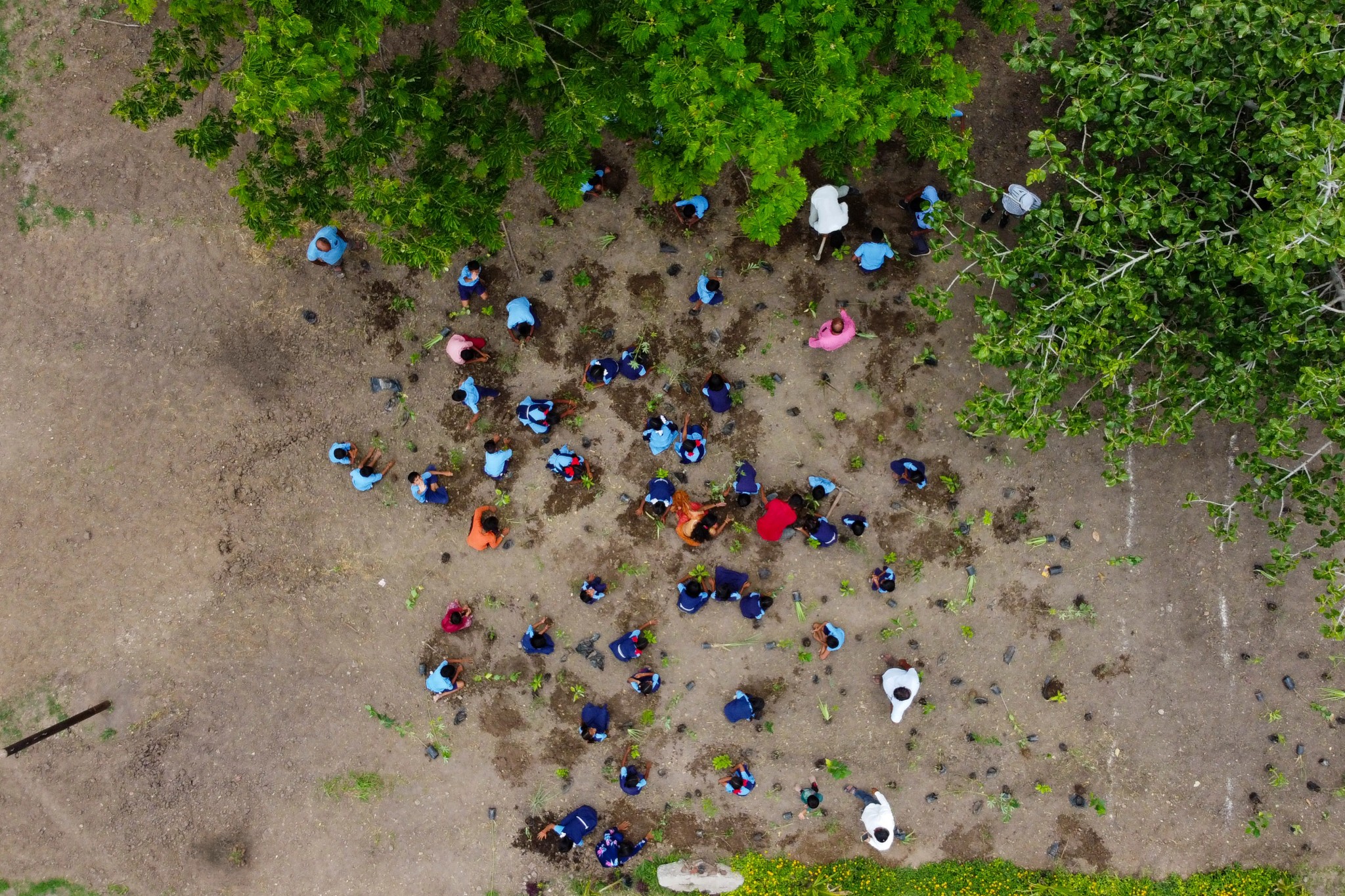
At SUGi, we’re working to help people reconnect with nature by planting pocket forests — dense, biodiverse native forests grown in urban spaces. These small, fast-growing ecosystems do more than support pollinators or cool overheated streets (though they do that, too). They give people back something precious: a renewed sense of place. A familiar patch of green. A chance to breathe. A reminder of what still can grow.
Solastalgia may be a modern ailment — but it doesn’t have to define our future. With intention and care, we can reweave nature into the fabric of our lives.
Because home should feel like home. And that includes the trees.
